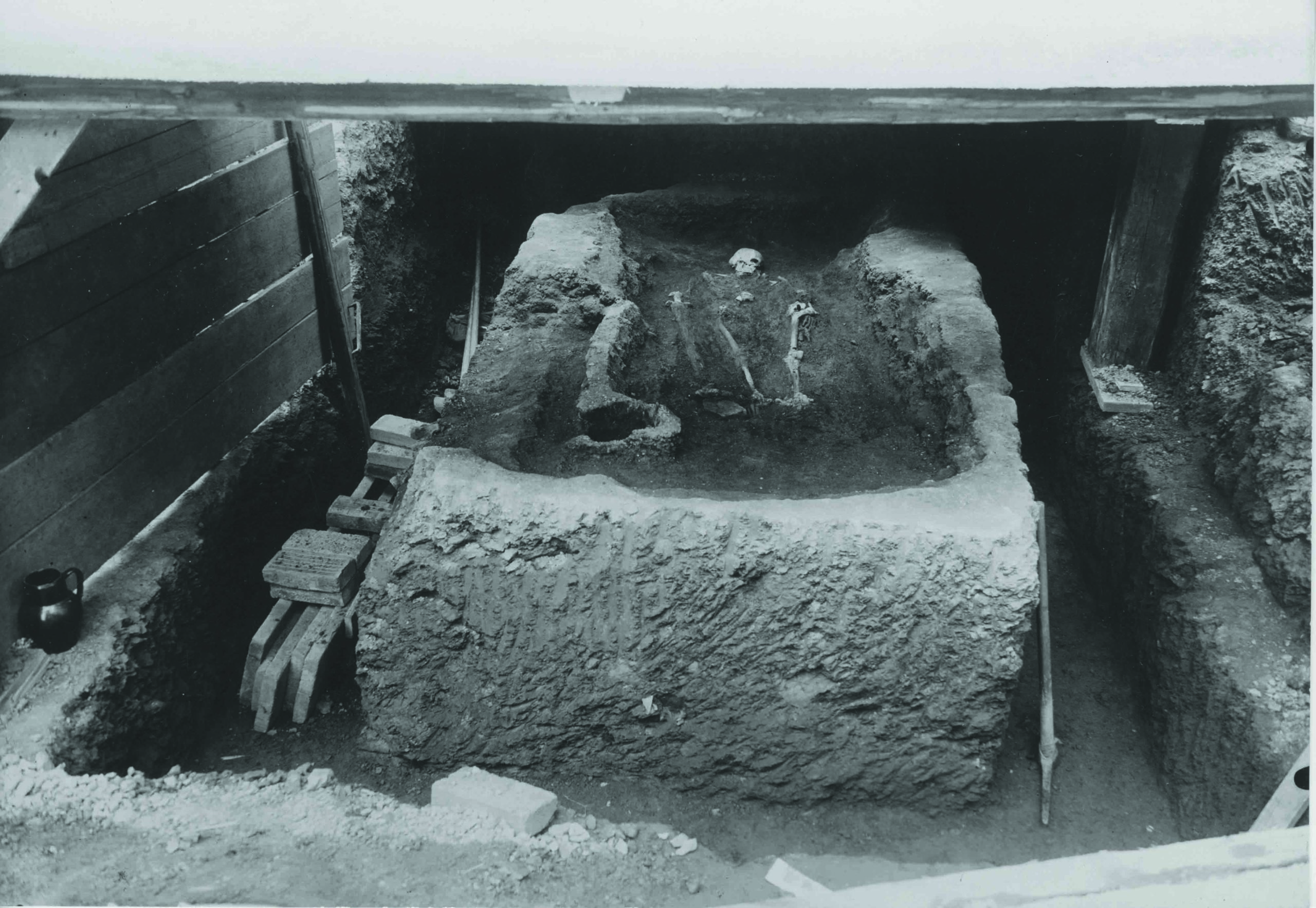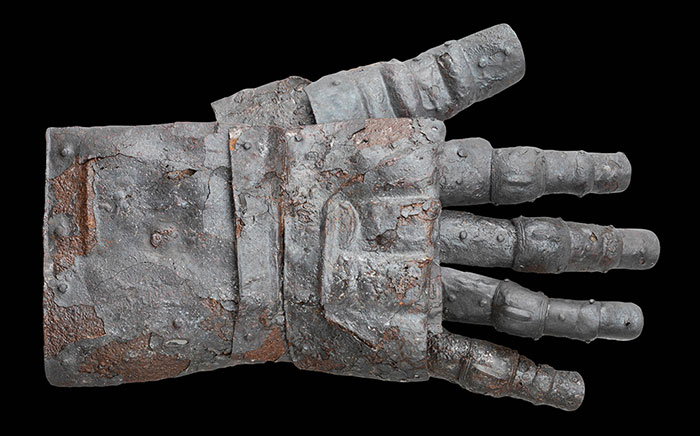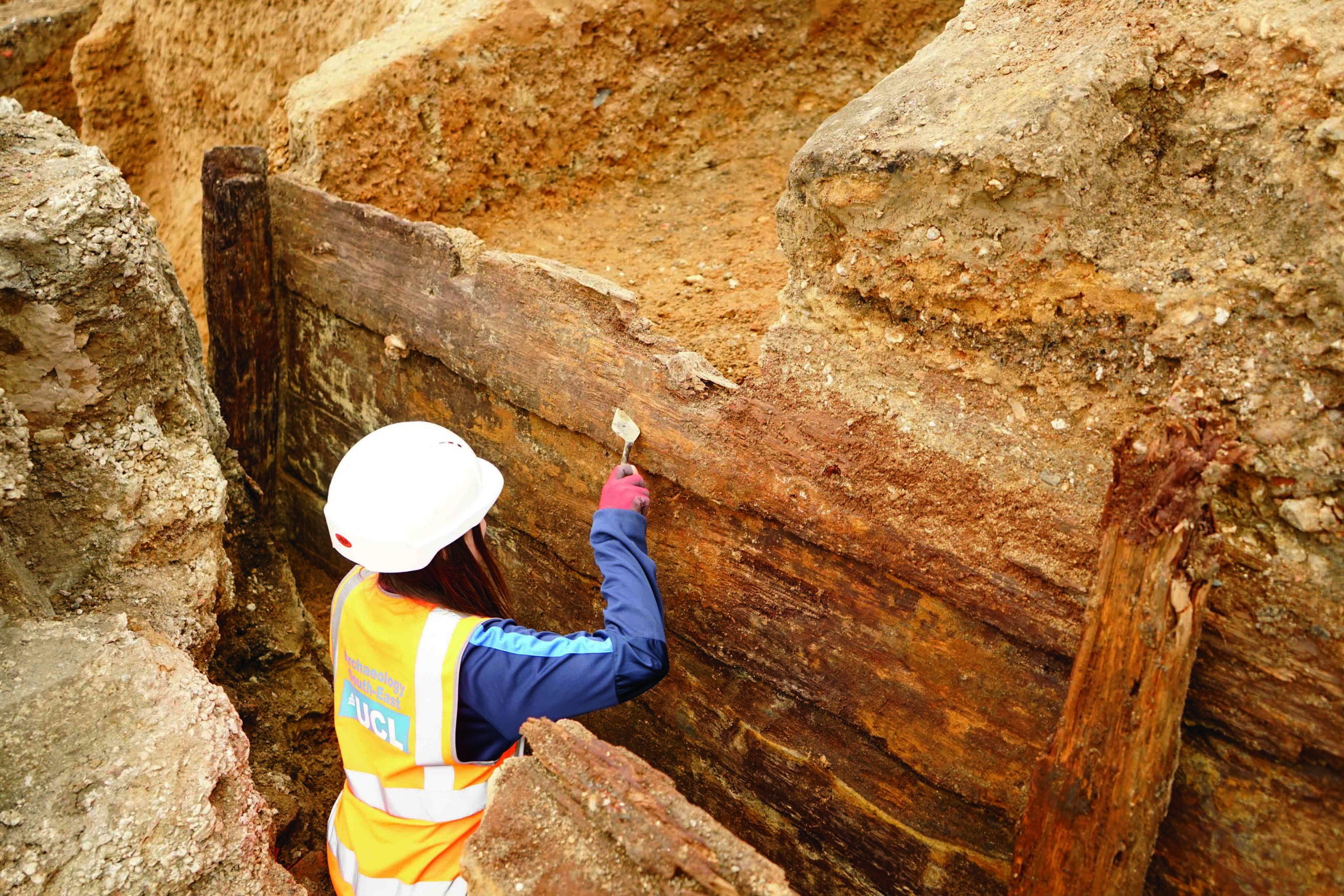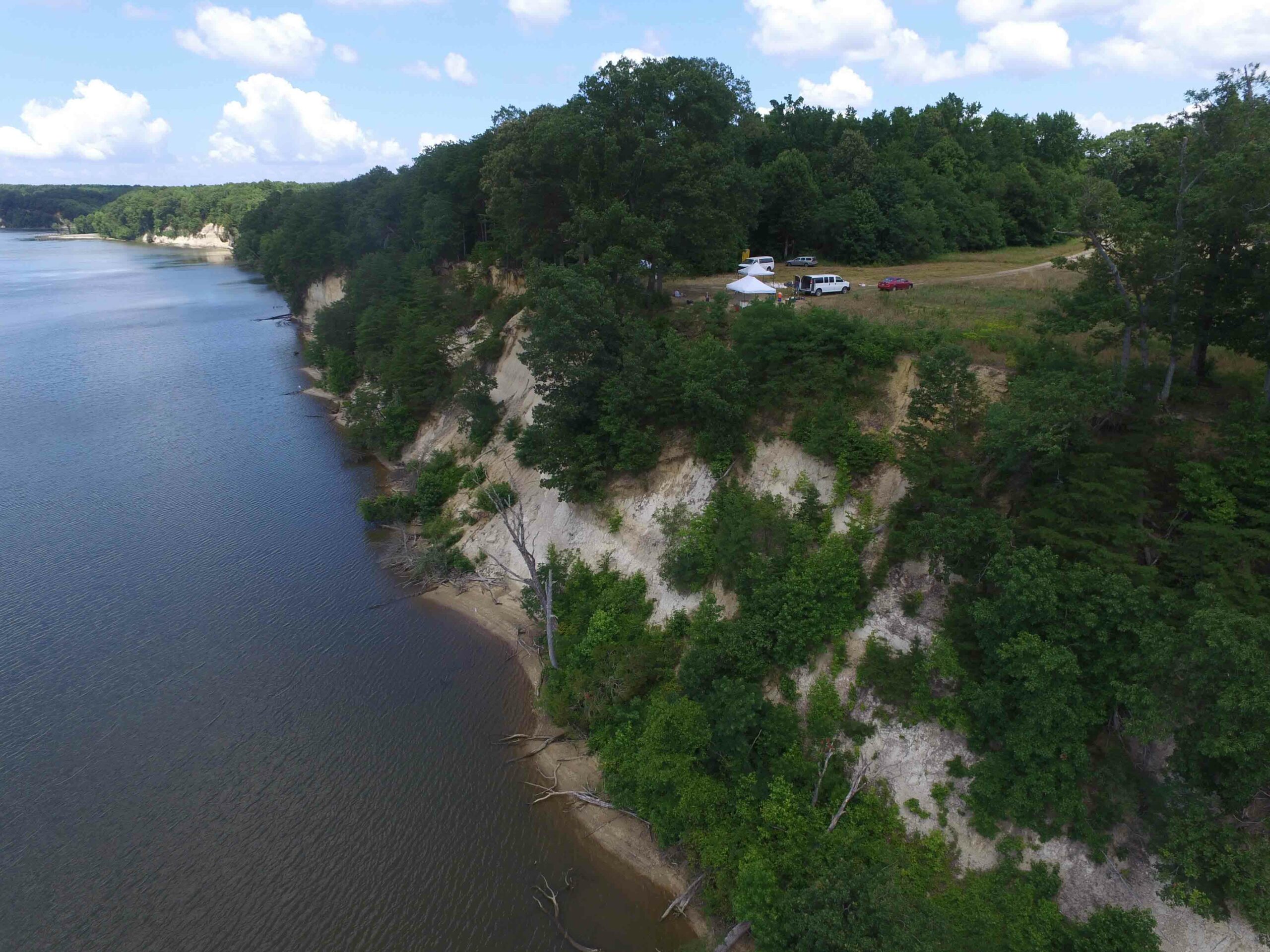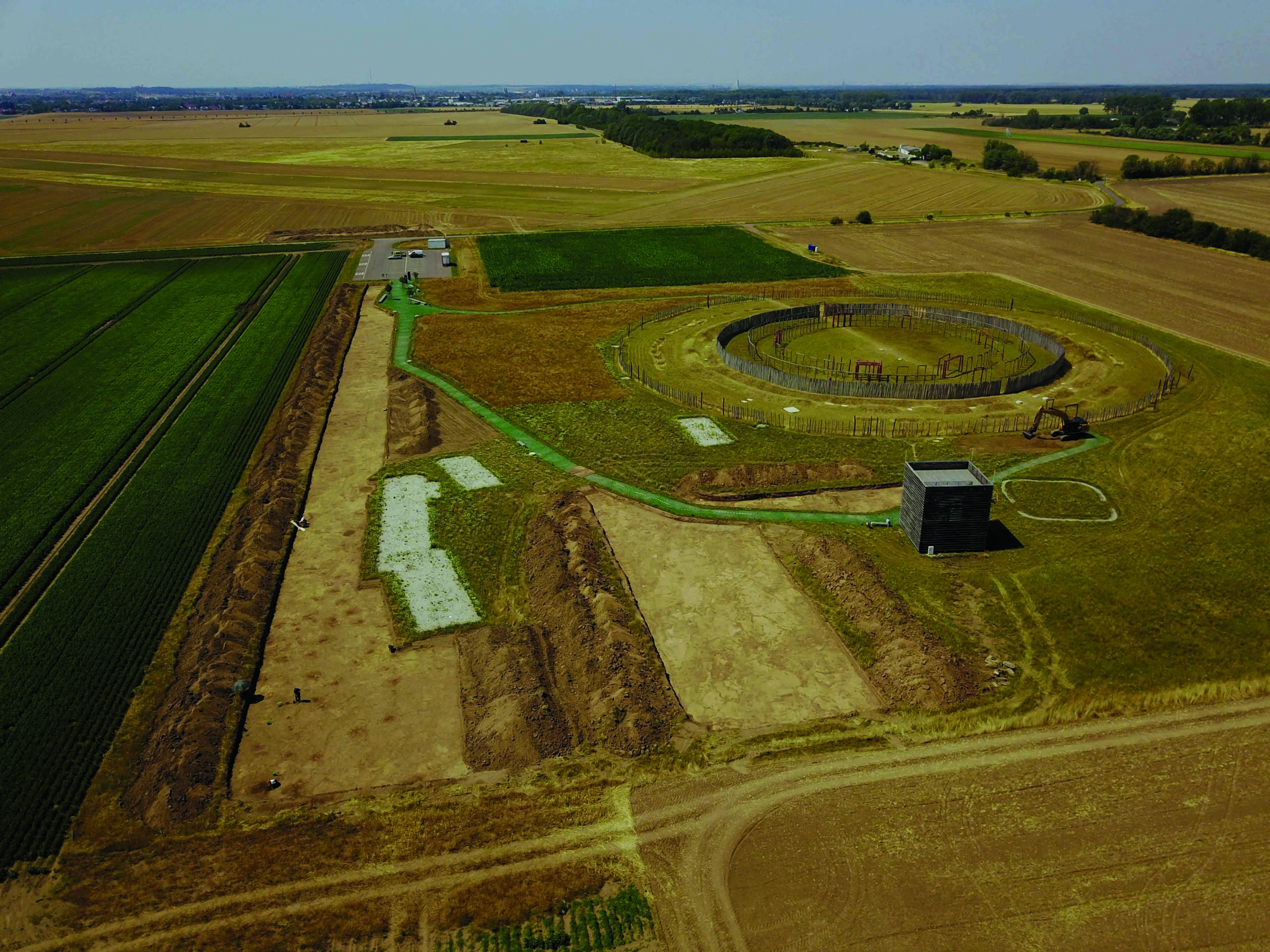
PRAGUE, CZECH REPUBLIC—Radio Prague International reports that a team of researchers has reconstructed the faces of Spytihnĕv I and Vratislav I, the sons of Ludmila of Bohemia, who died as a Christian martyr in A.D. 921. Spytihnĕv I is remembered as the Duke of Bohemia from 895 until his death in 915, when Vratislav I, father of Wenceslaus I, or “Good King Wenceslas,” became duke. The brothers’ remains were unearthed at Prague Castle in the 1980s. First, detailed images of the bones were assembled using photogrammetry to form virtual 3-D models. Forensic facial reconstruction expert Cicero André da Costa Moraes then added muscles to the virtual skulls. “I do the reconstruction without knowing who the person was,” he said. DNA extracted from the bones provided information about eye and hair color, he added. “We could dress them in [authentic] clothes based on miniatures or manuscripts, since they are preserved,” added archaeologist Jan Frolík. “As for their hair [styles] and beards, we made educated guesses according to illustrations in the manuscripts. But we don’t really know.” To read about the 1,000-year-old skeleton of a warrior buried in Prague Castle, go to "The Man in Prague Castle."


